The 4-Step Onboarding Framework That Turns New Users into Lifelong Customers
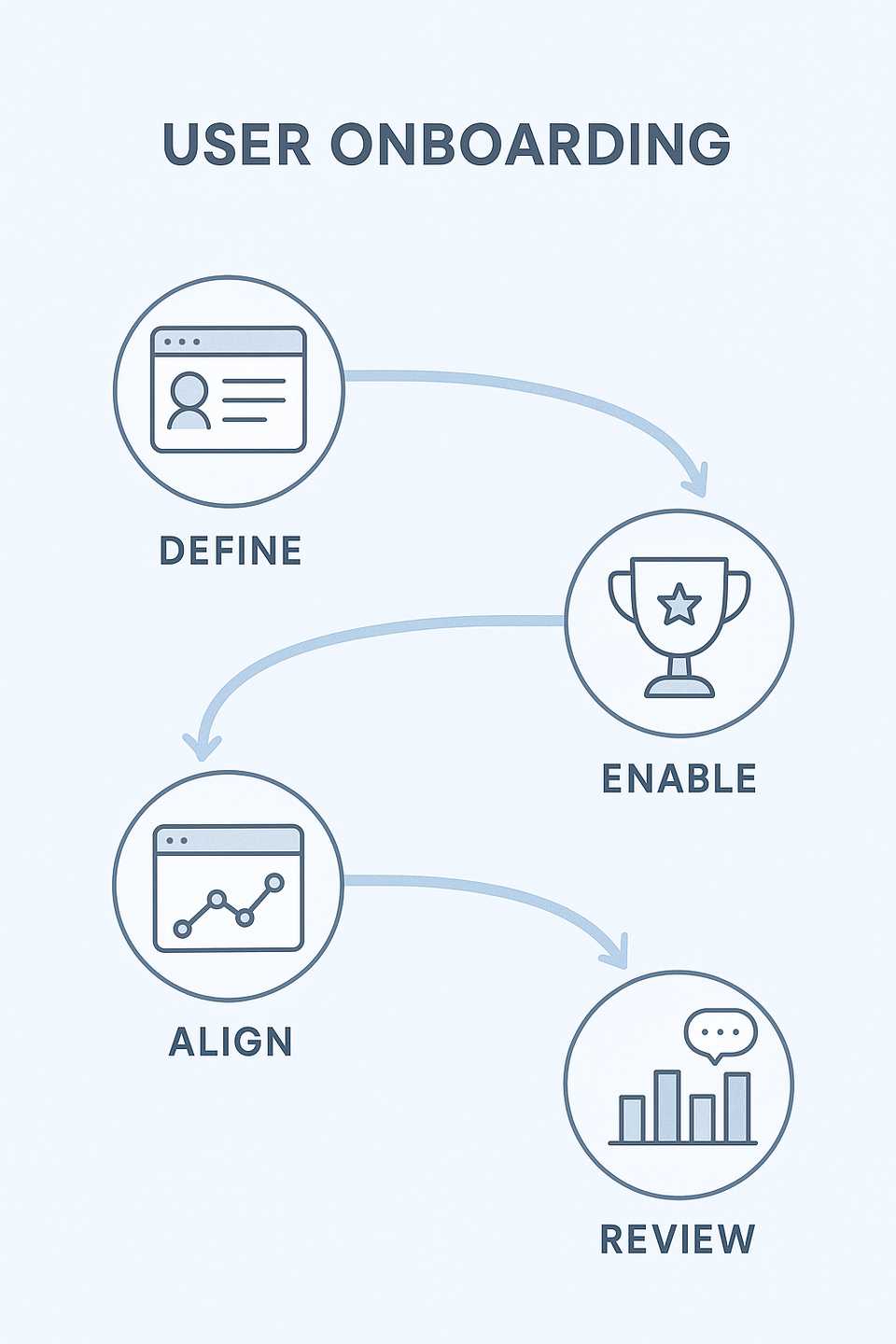
Why Onboarding Is Your Key to Growth
Turning a new user into a loyal, long-term customer starts with great onboarding. This first step is crucialfor building lasting relationships and showing the real value of your product. Many startups strugglebecause they don't have a clear, repeatable onboarding process. This leads to frustrated customers,higher dropout rates, and slower growth. Remember: onboarding isn't just about user experience—it's acore part of your growth strategy.
The Strong Connection: Good Onboarding Builds Customer Loyalty
A well-designed onboarding process is the foundation for lasting customer relationships. It's your firstreal interaction with customers after they've seen your marketing or talked to sales. This moment givesyou the chance to move beyond promises and show real value, directly affecting whether a customerstays with you. When businesses make this first interaction a priority, they show customers they careabout their success from day one, building trust and keeping users engaged.
The D.E.A.R. Framework: Define → Enable → Align → Review
To turn new users into loyal customers, we need a structured onboarding process. The D.E.A.R.Framework gives you a practical four-step approach that works even for small teams. It focuses ondelivering value quickly, tracking progress, and constantly improving through feedback.This framework builds on proven customer success principles:
- Define: Set a shared success goal with your user from the start, based on Lincoln Murphy's "DesiredOutcome" approach, which says good onboarding helps customers achieve specific results.
- Enable: Help users get a quick, meaningful "win" that shows your product's value, following Intercom'sprinciple of guiding users to those first "successful moments."
- Align: Track important progress points and step in when needed, similar to Reforge's focus on Product-Led Growth activation, where user actions drive engagement.
- Review: Use data and feedback to constantly improve your onboarding process, drawing fromAmplitude's focus on metrics like Time to Value (TTV) to understand and optimize user engagement.
This framework works especially well for small teams that need effective onboarding without requiringlots of one-on-one support. By using the D.E.A.R. Framework, businesses can create a structuredonboarding experience that turns new users into loyal customers.
Step 1 – Define: Start with a Shared Success Goal
The Define phase focuses on understanding what success means to your customer, not just to you. Thismatches Lincoln Murphy's "Desired Outcome" idea—customers don't buy your product for its features;they buy it to achieve specific results. If you don't define success together during onboarding, users willbecome confused and eventually leave.
By asking the right questions during signup or kickoff, you can customize onboarding paths based ongoals like saving time, generating reports, improving teamwork, etc. This makes onboarding a journeytoward a business outcome, not just learning features.
💡 Tips:
- Add a "success goal" question when users sign up: "What do you hope to achieve with [product]?"
- Create onboarding flows that adapt to the user's goal.
- Make a shared success plan and communicate it early
- Make sure all teams (sales, onboarding, success) understand this goal to avoid handoff problems.
Step 2 – Enable: Help Users Reach Their First Win Fast
The Enable phase is about getting new users to their first meaningful result—often called the "aha"moment or Time-to-Value (TTV). According to Intercom, this is when users decide whether your productfits into their workflow or gets abandoned.
This isn't about walking through features. Instead, highlight a small but relevant win—like creating a task,publishing a report, or importing their first data. You're showing that your product delivers on its promise,quickly.
💡 Tips:
- Design one clear path to success for each main user type
- Use tooltips, progress bars, and empty states to encourage action
- Focus on action → result instead of feature → explanation
- Use in-app messages to encourage users who stop during setup
Step 3 – Align: Track Progress & Guide the Journey
The Align phase ensures users are moving toward their goal by tracking milestones and product signals.Based on Reforge's Product-Led Growth playbooks, this stage is where smart onboarding systems shine—because you're responding to user behavior instead of treating everyone the same.
For example, if a user imports data but doesn't invite team members or complete a key integration, youcan send targeted messages or assign a customer success manager to help. These timely interventions—whether automated or done by a person—keep users on track and feeling supported.
💡 Tips:
- Identify 3–5 product milestones that signal success or risk
- Create messages that adapt to each milestone
- Set up alerts for when users get stuck
- Group users based on progress, not time (e.g., "has not completed integration" is more useful than"onboarding day 3")
Step 4 – Review: Improve Using Data and Feedback
The Review phase is where ongoing improvement happens. Inspired by Amplitude's focus on productmetrics like TTV and activation rates, this phase ensures onboarding isn't static—it evolves based on howreal users behave.
Regularly analyze user behavior (where do they drop off? what actions predict success?) and collect directfeedback through NPS or short surveys. Reviewing this data monthly or quarterly allows you to testdifferent messages, UI changes, and flow adjustments—just like you would for conversion funnels.
💡 Tips:
- Set up dashboards for key onboarding metrics (TTV, activation rate, drop-off points)
- Run quarterly onboarding reviews
- Include short surveys at key moments (e.g., "What's missing so far?")
- Test different onboarding approaches (e.g., checklist vs. progress bar)
Making D.E.A.R. Work in Real Life: Small Team Tactics
Implementing a solid onboarding framework like D.E.A.R. doesn't require a large Customer Success teamor complex systems. In fact, some of the most successful product-led startups have scaled onboardingwith limited resources by combining smart tools, shared responsibility, and data-driven improvements.
Based on OpenView Partners' 2023 guide on Product-Led Onboarding, here's how startups can useD.E.A.R. effectively with limited resources:
Divide Responsibility, Not Headcount
One of the first steps in using D.E.A.R. is defining who owns each phase:
Define → Customer Success or Sales
Handles the initial discovery and success planning conversation. Even if automated, this step can startwith a single "goal picker" question at signup.
Enable → Product or Growt
Responsible for designing flows, in-app guides, and feature education that help users reach their first win.
Align → CS or Lifecycle Marketing
Tracks progress and delivers nudges based on milestone activity or inactivity.
Review → Data/Analytics + Produc
Leads quarterly onboarding reviews and tests improvements using activation metrics and user feedback.
This division keeps the workload balanced and specific. No single team has to do everything.
Conclusion: Turn Onboarding into a Growth Engine
Onboarding is no longer just a support function—it's a strategic growth tool.
In fast-moving, product-led environments, the winning companies aren't just those with the best features;they're the ones that help users see value fastest and stay longest. That's exactly what the D.E.A.R.Framework enables.
By Defining success early, Enabling first wins quickly, Aligning users through milestones, and Reviewingthe journey continuously, you're not just onboarding users—you're building trust, momentum, and long-term engagement.
What makes D.E.A.R. especially powerful is its flexibility: it works whether you have a 20-person CS teamor you're a solo founder. It combines human insight with automation, supports cross-team collaboration,and aligns everyone around the same goal—user success.
When you treat onboarding as an ongoing system, not a one-time event, it becomes a self-sustainingengine that drives retention, advocacy, and growth. And for SaaS startups with limited time, team, ortools, that kind of leverage is invaluable.
Start small, measure carefully, and improve constantly—because great onboarding doesn't just reduce dropouts. It builds the kind of product experience people want to return to, talk about, and grow with.
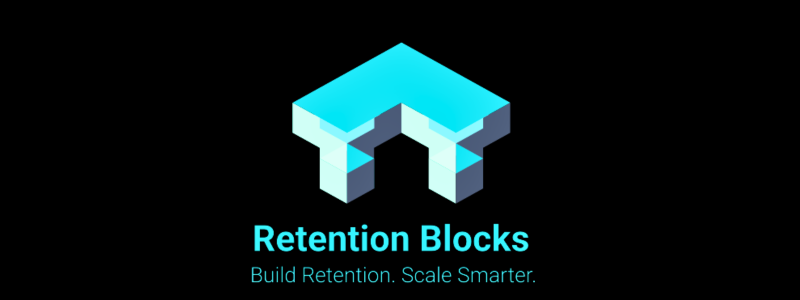
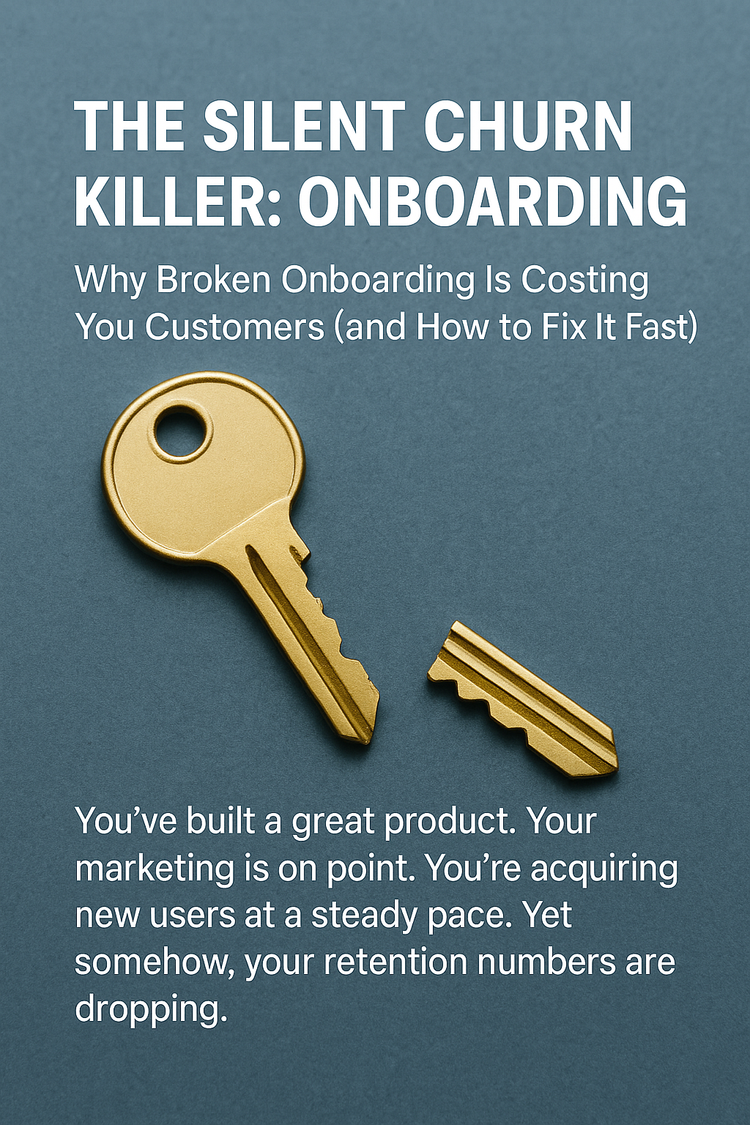


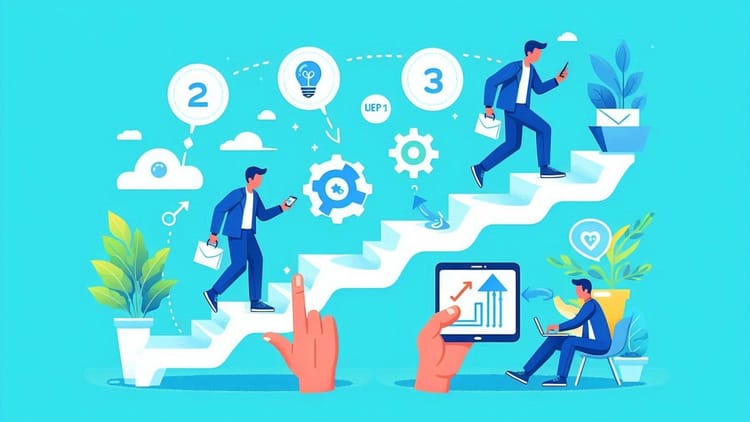
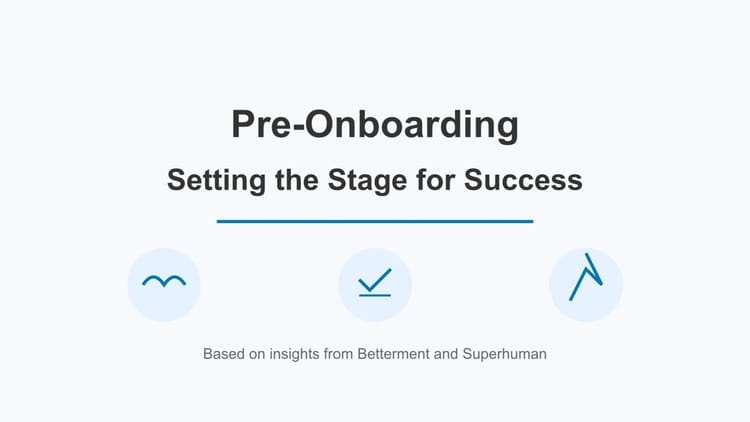
Member discussion